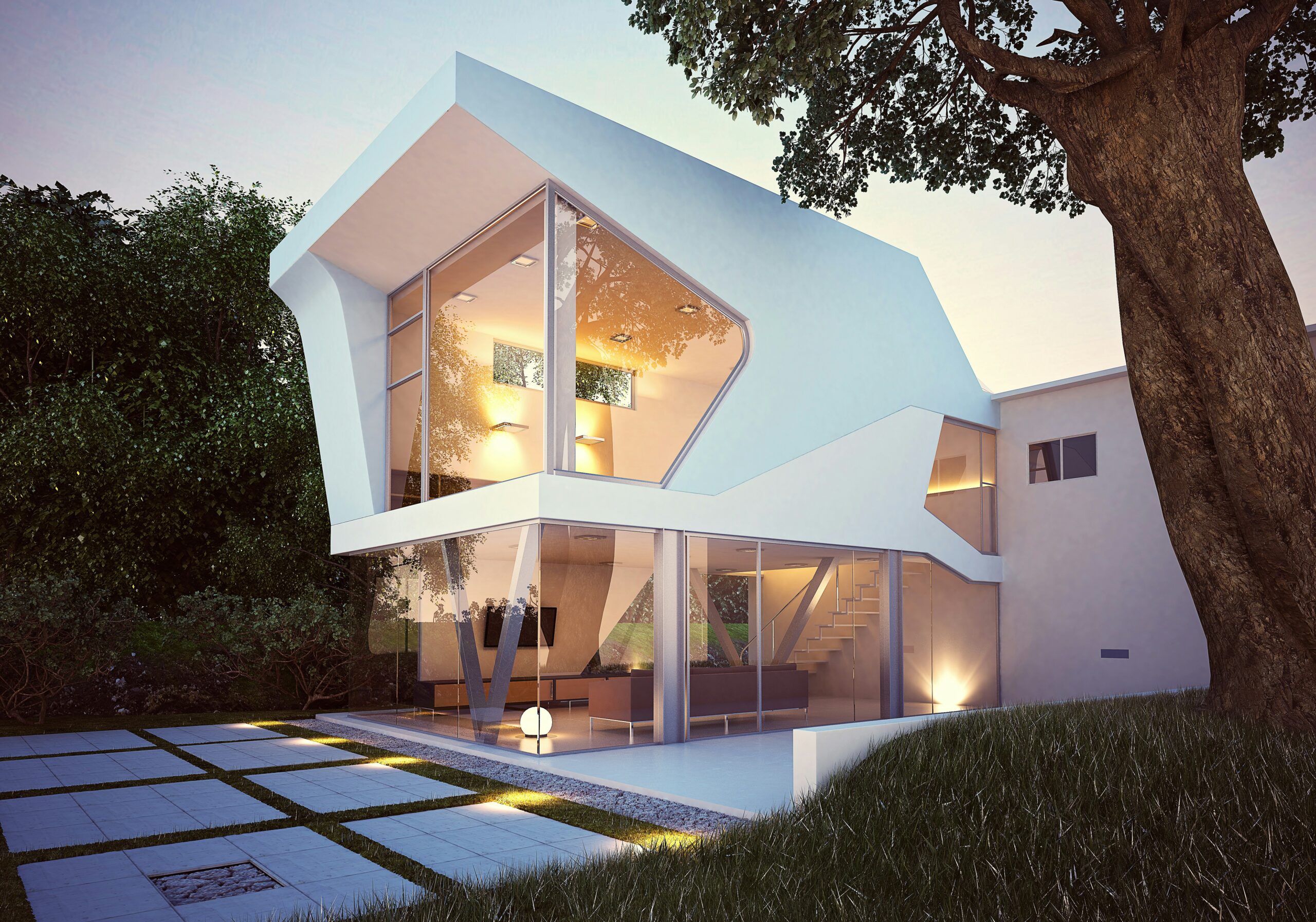
Custom home design innovation is transforming the way homeowners create living spaces that reflect personal style, functionality, and sustainability. Today, the demand for homes that combine cutting-edge technology, efficient layouts, and personalized details continues to rise. Homeowners no longer want cookie-cutter solutions. Instead, they seek innovation that enhances comfort, improves energy efficiency, and adapts to changing lifestyles. This article explores how custom home design innovation is reshaping modern living, offering both inspiration and practical insights.
The Rise of Custom Home Design
For decades, mass-produced homes defined suburban living. While they offered affordability, they lacked individuality. Homeowners wanted spaces that matched their personalities, preferences, and long-term needs. The shift toward custom home design innovation started with the desire for flexibility in floor plans and unique architectural styles. Today, it extends into smart homes, eco-conscious materials, and wellness-focused layouts.
Modern families seek homes that serve as sanctuaries while supporting remote work, entertainment, and sustainability. This push for personalization continues to drive innovation in architecture and interior design.
Smart Technology in Home Design
Technology plays a central role in modern custom homes. Designers integrate smart systems that make daily life seamless and efficient. From automated lighting and climate control to voice-activated appliances, these innovations enhance convenience while reducing energy waste.
Homeowners embrace features like:
- Smart thermostats that adapt to living patterns.
- Energy-efficient LED lighting connected to mobile apps.
- Security systems with real-time monitoring.
- Smart kitchens with connected ovens, refrigerators, and water systems.
Custom home design innovation ensures that technology blends seamlessly with architecture, maintaining aesthetics without sacrificing function.
Sustainability at the Core
Eco-friendly building has moved from a trend to a necessity. Homeowners want residences that minimize environmental impact while cutting long-term costs. Innovations in materials, energy systems, and design strategies make this possible.
Key sustainable elements include:
- Solar panels integrated into roofing.
- Recycled and renewable building materials.
- High-performance insulation that reduces energy consumption.
- Water-saving plumbing systems.
By combining sustainability with beauty, custom homes reflect both responsibility and forward-thinking design.
Flexible Floor Plans for Modern Needs
Custom home design innovation responds to the shift in how families live and work. Open layouts remain popular, but homeowners now prefer adaptable spaces. A dining area may transform into a home office. A guest room may double as a gym.
Designers create multi-functional spaces with sliding walls, convertible furniture, and modular layouts. These solutions provide flexibility while maintaining elegance. This adaptability ensures homes remain practical as needs evolve over time.
Personalization Through Design Innovation
A hallmark of custom home design innovation is personalization. Every detail, from floor materials to ceiling styles, reflects the homeowner’s taste. Interior designers use advanced 3D modeling tools, allowing clients to visualize spaces before construction begins.
Innovative personalization includes:
- Built-in storage solutions for clutter-free living.
- Bespoke lighting designs that highlight artwork and architecture.
- Unique finishes like reclaimed wood or handcrafted tiles.
- Outdoor living spaces are designed for relaxation and entertainment.
This level of detail creates a home that feels both personal and timeless.
Wellness-Centered Design
Custom home design innovation also embraces health and wellness. With people spending more time at home, designers integrate features that enhance well-being. Large windows provide natural light, improving mood and energy. Air purification systems ensure clean indoor air.
Wellness-focused design includes:
- Meditation rooms and spa-style bathrooms.
- Soundproofing for relaxation and productivity.
- Biophilic design elements, such as indoor gardens and natural textures.
These features turn homes into havens that nurture both body and mind.
The Role of Collaboration
Innovation in custom home design thrives on collaboration between architects, designers, and homeowners. Digital platforms make this process easier, enabling real-time updates and adjustments. Clients actively participate in shaping their dream homes, ensuring designs match both vision and budget.
Through collaborative planning, homeowners gain a sense of ownership over every detail. This partnership results in spaces that balance innovation with practicality.
Looking Ahead: The Future of Custom Home Design
The future of custom home design innovation looks dynamic. Emerging technologies like 3D-printed construction, AI-driven design, and net-zero energy systems will push boundaries further. Virtual reality will allow clients to walk through homes before construction, ensuring complete satisfaction.
As lifestyles evolve, homes will adapt by offering more automation, flexibility, and eco-conscious features. Innovation will continue to empower homeowners to live in spaces that reflect their individuality while respecting the environment.
Custom home design innovation reshapes the meaning of modern living. From smart technology and sustainable materials to wellness-focused spaces and flexible layouts, innovation drives every detail. Homeowners no longer settle for one-size-fits-all solutions. Instead, they embrace design that aligns with their values, lifestyle, and future needs.
In the coming years, custom home design innovation will remain at the forefront of architecture and interior design, ensuring that homes are not just places to live, but personalized sanctuaries of comfort, sustainability, and creativity.